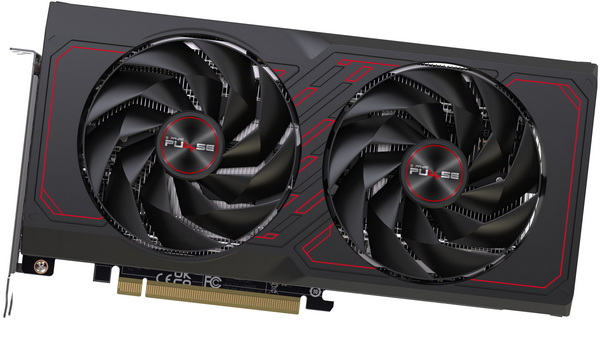INTRODUCTION

If you grew up in the 90’s and specifically when both ATI (now AMD) and NVIDIA were taking their first steps in the 3D card arena (among others) then it’s no secret that things were much simpler back then. Granted, we had just a few games we could actually use one of the “state of the art” 3D cards with but with just a few exceptions (3DFX compatible games) any card you got could play any game. Fast forward to today and that of course isn’t the case and so graphics card selection largely depends on what resolution you’re playing at and what fps demands you have. In January of this year AMD released their proposal for FullHD (1080p) gaming, the Radeon RX 7600 XT and today I’ll be testing the Pulse OC model by my friends over at SAPPHIRE.
SAPPHIRE Technology continues to be a world leading manufacturer and global supplier of innovative graphics and mainboard products, delivering its AMD Radeon based products to the PC markets addressing gaming, eSports and performance graphics enthusiasts as well as delivering an array of professional graphics products and embedded system solutions. Recently SAPPHIRE has penetrated new markets with a series of GPU Compute server systems targeting the blockchain and commercial cryptocurrency mining businesses.
As the name suggests the Radeon RX 7600 XT by AMD is still based on the same RDNA3 graphics architecture as the Radeon RX 7600/7900 XT/7900 XTX models and yes the 7600 XT model is the “turbo” version of the 7600 model. It too is manufactured using DUV lithography (6nm process) and packs 32 RDNA 3 compute units, 2048 stream processors, 64 raster units (or render output units), 32 ray accelerators (or ray tracing cores), 128 texture mapping units, 2 shader engines, 32MB of Infinity Cache and a total of 64 AI accelerators. So, what did AMD change? Three things, VRAM amount which is now set at 16GB GDDR6 at 18Gbps on a 128-bit memory interface (compared to the 8GB of the 7600), GPU and Boost engine clocks which are now set at 2470MHz and 2760MHz respectively (as opposed to the 2250MHz and 2660MHz of the 7600) and a higher total board power of 190W (165W for the 7600). There are also some secondary differences like the dual 8-pin power input (to support the increase in power draw) and standard DisplayPort v2.1 (optional depending on model on the 7600 – SAPPHIRE already had v2.1 on their models). As for SAPPHIRE well they've once again used their very own cooler with the card (dual heatpipes, single heatsink design with two dual ball-bearing fans) and as expected they've also increased game clocks from the 2470MHz of the reference AMD model to 2539MHz and boost clocks from 2755MHz to 2810MHz (once again VRAM speed on the other remains the same at 18Gbps). Finally in terms of connectivity the Radeon RX 7600 XT Pulse OC by Sapphire features two DisplayPort v2.1 outputs and two HDMI v2.1a outputs.

 O-Sense
O-Sense







.png)

